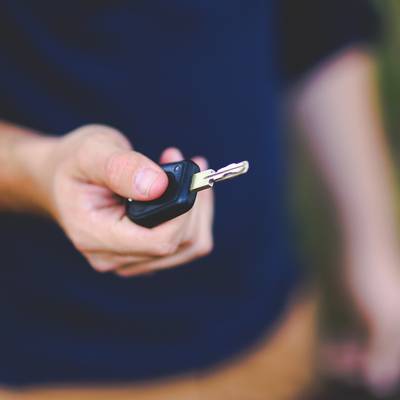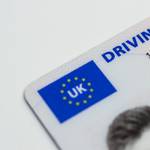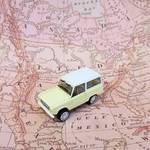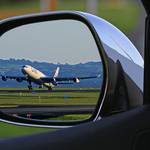
How do I rent a car in Sri Lanka?
If you want to rent a car and drive it yourself, you have to obtain a temporary Sri Lankan driving license from the Department of Motor Traffic in Werahera which is a 30-minute drive from the center of Colombo (address: Department of Motor Traffic Rd, Boralesgamuwa, Sri Lanka), to be able to drive legally in Sri Lanka. Note that if the license is not in English, a translation by the respective embassy or any authority in each country is required. To get a temporary license, you would need the following documents: passport, copy of the passport, copy of the Sri Lankan visa issued, a valid driving license from your country, copy of the driving license.
Some companies will allow you to rent their cars if you have an International Driving Permit, nevertheless it's recommended to get a temporary Sri Lankan license to avoid trouble. More about driving in Sri Lanka.
Colombo-based company Shineway Rent a Car offers self-drive car hire. You'll find other local firms (like Casons or Malkey) as well as very small operations in tourist towns. You can usually hire a car for about 5,400 LKR (30 USD) per day with 100 km of included kilometres.
Driving in Sri Lanka requires constant attention to the road. Country roads are often narrow and potholed, with constant pedestrian, bicycle and animal traffic to navigate. Note, however, that Sri Lanka’s massive road-building program is improving roads across the nation, especially in the North and East.
It’s dangerously acceptable for a bus, car or truck to overtake in the face of oncoming smaller road users. Three-wheelers, cyclists, and smaller cars and vans simply have to move over or risk getting hit. To announce they are overtaking, or want to overtake, drivers sound a shrill melody on their horns. If you’re walking or cycling along any kind of busy main road, be very alert.
Speed limit 50 km/h in towns, 70 km/h in rural areas and 100 km/h on the new expressways.
Driving is on the left-hand side of the road, like in the UK and Australia.

What alcoholic drinks to try while in Sri Lanka?

What do I need to know about driving in Sri Lanka?

Do people in Sri Lanka speak English?

Where should I go in Sri Lanka for 2 weeks?

What are the Sri Lankan people like?
